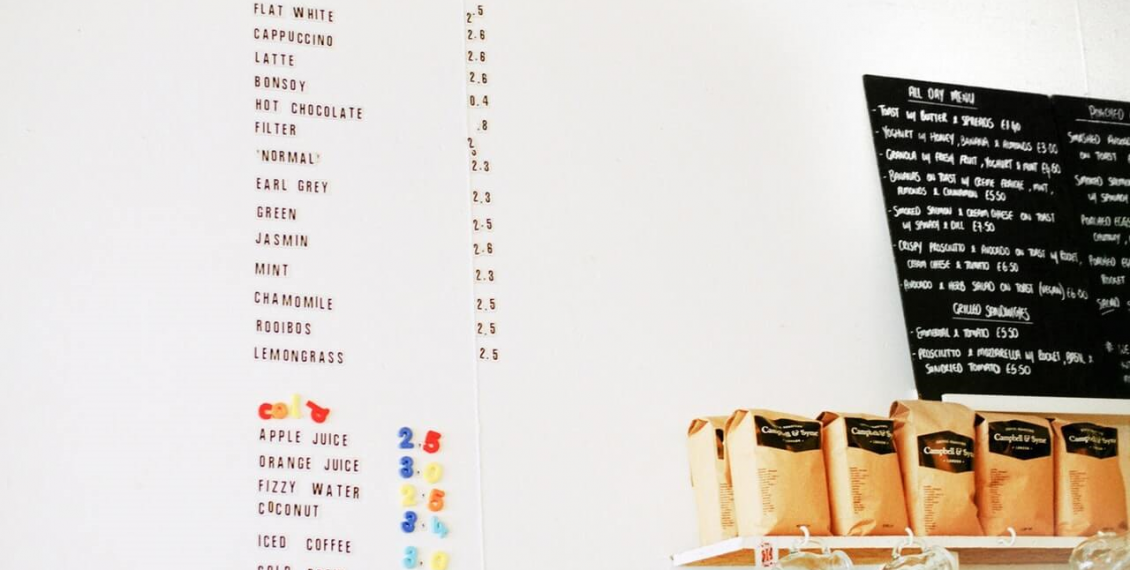How To Develop A Pricing Strategy That Is Perfect For Your Products
By Rodney Laws | Business

Pricing your products is a tricky thing. What might seem simple at first — simply identify the wholesale product cost, and then up the price to get a profit — is actually quite complex.
There are several different ways you can develop a pricing strategy. To help you navigate this tricky area, I’ve identified some common pricing strategies that you can use for your own products. Read on to discover how to develop a pricing strategy that suits your products perfectly.
There are many different pricing strategies that you can use as a retailer, each with its own advantages and disadvantages. I’ll dig into a few later, but first, let’s go through the basics of pricing your product.
The first thing to consider when you’re pricing your product are the costs of goods sold. These involve all the necessary expenses that go into producing, marketing, and shipping your product. These won’t stay the same — they will vary according to the product you’re pricing.
Depending on the product you’re selling, these costs might involve:
Once you’ve identified all these variable costs, you can accurately work out the final cost of goods sold per product.
Now you’ve got your cost per goods sold, it’s time to add a profit markup. This includes your profit into the final price of your product at sale.
When you’re calculating your profit margin, bear in mind that you’re only calculating it based on the variable costs per product. This won’t include the fixed costs that your business incurs, such as hosting costs or business utilities.
You should also consider what prices you’re up against in terms of your competitors. If your profit margin far exceeds that of your business rivals, then your customers won’t be impressed.
With that in mind, take your variable costs and divide them by 1 less your required profit markup as a decimal.
So, let’s say your variable cost per product is $15, and your profit margin is 30%. In this scenario, it would be expressed as:
$15 / (1 – 0.3)
This leaves us with a product price of $21.43.
Once you’ve got this final price, conduct a break-even analysis to calculate how many units you need to sell to cover your fixed costs (or find a useful break-even template here). This will help you make accurate forecasts for the year ahead, and you can determine how to set a product price that works for you.
There are several different pricing strategies open to retailers. Here are just a few common strategies you should consider.
This is the most common strategy used by retailers when pricing their products. In short, it involves doubling the original wholesale price of a product to identify what it should be sold at to the customer.
But it’s not as simple as that. There are several factors that can affect keystone pricing.
For example, if your sales are irregular or require significant handling costs, then your final retail price might not account for the extra work involved. Conversely, if your products are popular or readily sold elsewhere, you might need to reduce the retail cost to increase sales.
While keystone pricing is simple and easy to follow, it can easily get complicated. Depending on your business and the products you sell, you might need to iterate with your prices to find the right one for you.
Manufacturer suggested retail price (MSRP) refers to the recommended price of a product as stipulated by the original manufacturer. This strategy helps keep product prices the same when sold by different retailers.
Products covered by MSRP are usually those which have to conform to accepted industry standards, for example, home appliances such as ovens or refrigerators. MSRP means that big-ticket items aren’t priced at wildly varying amounts.
MSRP makes it simple for retailers — simply save time and follow the recommended pricing plan. However, this does prevent you from getting competitive with your prices. Your competition likely sells the same product for the same price, so getting ahead can be tricky.
Discounting is a solid pricing strategy that virtually every business uses, and with great success.
While you might get less money in return for your product, the other gains are considerable: higher traffic to your store, an opportunity to upsell other products (and get rid of unsold stock), and the chance to reach a whole new consumer base who might not usually visit your store.
But be wary: too much discounting can negatively impact your business, especially with big-ticket items. As Jennifer Diepstraten says in Marketing Speak podcast, “if somebody is willing to discount and low ball just to get the business, they just destroyed their perception of value.” Be cautious with your discounts — apply them where necessary, but don’t go overboard just to drive traffic to your store.
As the name suggests, bundle pricing refers to the bundling of several items for a single price. This is most commonly seen with products like groceries or clothing, but other industries also employ it too.
Bundling products can actually increase sales. Customers feel as though they’re getting more bang for their buck when the saving they’re actually making is generally less than they perceive. However, this also means that selling those same products individually is trickier. Customers feel as though they’re missing out, and may be less likely to buy them alone.
Pricing your product can be tricky. But with the tips above, it’s easy to find the right pricing structure for your products. Don’t be afraid to update your prices as you go — iteration is key to a successful pricing strategy. Use the knowledge here to find the perfect pricing strategy for your products today.